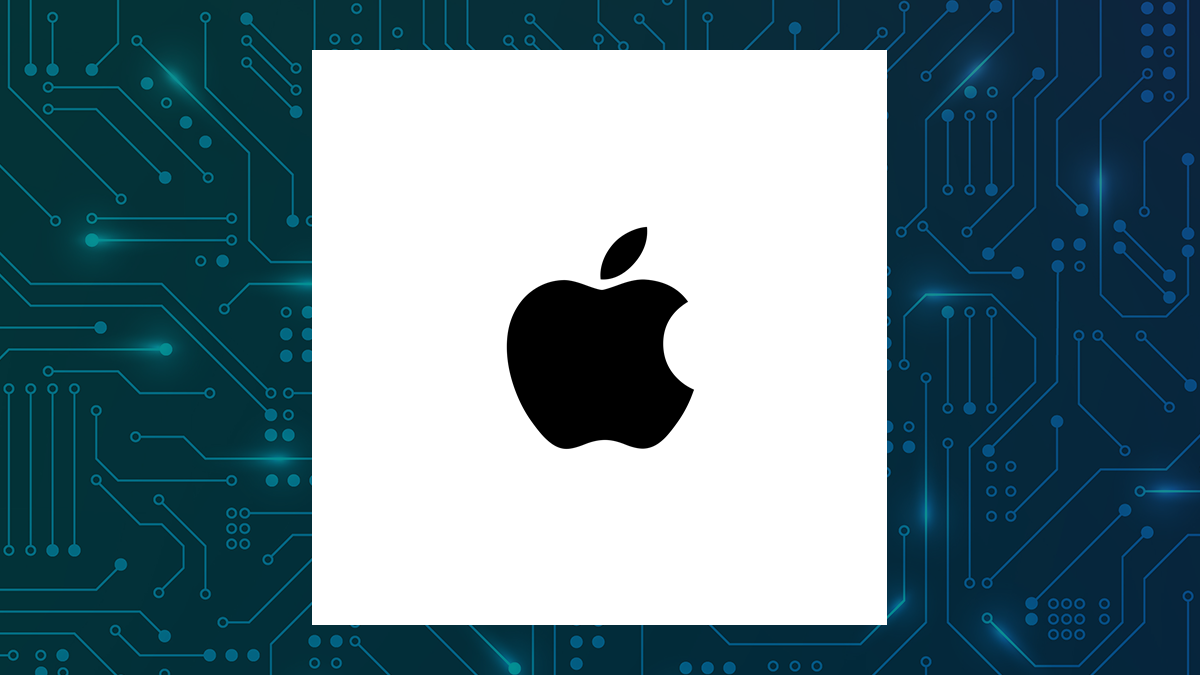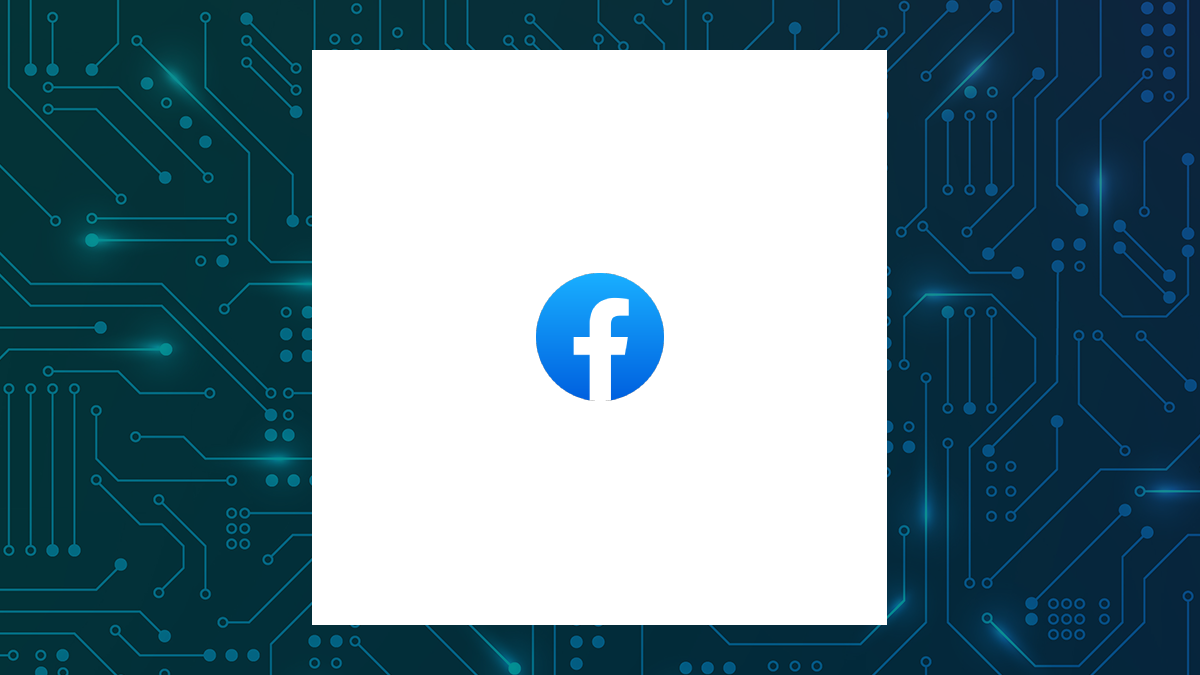
Black Friday is no longer just a chaotic day in stores; it’s a global online shopping phenomenon. While the ease of scoring deals from your couch is enticing, the sheer volume of online transactions makes this season a prime hunting ground for cybercriminals. Fraudulent websites, phishing scams, and data breaches are just some of the risks that shoppers face.
Staying ahead of these threats requires preparation and awareness. With the right strategies, you can secure your personal information and enjoy the thrill of Black Friday shopping safely. Here’s how to make that happen.
The allure of massive discounts can sometimes blind shoppers to potential risks. Fake websites and scam ads are designed to prey on this excitement. To avoid falling victim, always stick to official retailer sites or trusted platforms.
If a deal appears in your inbox or on social media, verify its legitimacy by going directly to the retailer’s official website. Look for signs that a site is secure, such as “https” in the URL and a padlock icon in the address bar. These indicators show that the website encrypts data, making it safer for transactions.
Remember, a little skepticism can go a long way in protecting your wallet and personal details. Public Wi-Fi may be tempting when you’re out shopping or relaxing at a café, but it’s also an open door for cybercriminals. These networks are often unsecured, allowing hackers to intercept sensitive information like credit card numbers or login credentials.
A Virtual Private Network (VPN) is your best online defense. A VPN encrypts your internet connection, ensuring your data remains private, even on unprotected networks. Additionally, a VPN lets you access deals that might be region-specific.
That being said, it is highly recommended to use a VPN to unlock the best Black Friday deals while simultaneously keeping your data secure. It’s basically a win-win for savvy shoppers. Cybercriminals often exploit the frenzy of Black Friday with cleverly disguised phishing scams.
These scams can appear as emails, text messages, or even ads, luring you with promises of exclusive deals or urgent payment issues. The goal? To steal your personal or financial information. Be cautious of messages asking you to click links or provide sensitive information.
Legitimate retailers will never ask for personal details via email. If something feels off, go directly to the retailer’s website to verify the offer or request. One often-overlooked aspect of online shopping safety is the payment method you choose.
Credit cards and digital wallets like PayPal or Apple Pay are safer options than debit cards because they offer better buyer protections. Additionally, many digital wallets use tokenization to keep your payment details secure by replacing them with unique codes. When shopping on unfamiliar sites, avoid storing your payment information.
Enter your details manually for each purchase to reduce the risk of breaches. It’s easy to hit “Remind Me Later” on software updates, but keeping your devices and apps up to date is a crucial step in preventing cyber threats. Updates often include security patches that fix vulnerabilities hackers could exploit.
Before diving into Black Friday shopping, make sure your phone, computer, and apps are running the latest versions. For added protection, enable automatic updates to ensure you don’t miss critical patches. A few minutes of preparation can save you from hours of frustration later.
Knowing what you’re up against is half the battle. Cyber threats evolve quickly, with attackers using sophisticated techniques to exploit shoppers’ behavior. From ransomware to credential stuffing, being aware of these tactics helps you stay one step ahead.
Check out this guide from IBM to learn more about the types of cyber threats you might encounter. Being informed is the first step toward staying protected. Online shopping often involves creating accounts on multiple platforms.
Securing these accounts with strong, unique passwords is essential. Avoid using easily guessed information like birthdays or common phrases. Instead, opt for a mix of upper- and lowercase letters, numbers, and symbols.
For an added layer of protection, enable two-factor authentication (2FA) wherever possible. This requires a second verification step, such as a code sent to your phone, making it significantly harder for hackers to access your accounts even if your password is compromised. After you’ve wrapped up your shopping spree, monitor your bank and credit card statements for any unauthorized charges.
Most financial institutions offer real-time alerts for transactions, helping you catch fraud early. Set up these notifications to stay informed about every purchase. If you spot anything suspicious, report it to your bank immediately.
Quick action can prevent further misuse and minimize potential losses. Conclusion: Smart Shopping, Safe Shopping Black Friday is a time for great deals, but it’s also a time to be vigilant. By shopping on trusted sites, using a VPN, updating your software, and staying alert to phishing scams, you can enjoy the thrill of the hunt without putting your data at risk.
Secure Your Savings With a few proactive steps, you can shop smartly and securely this Black Friday. Protecting your personal and financial information is the best deal you’ll make this season..














